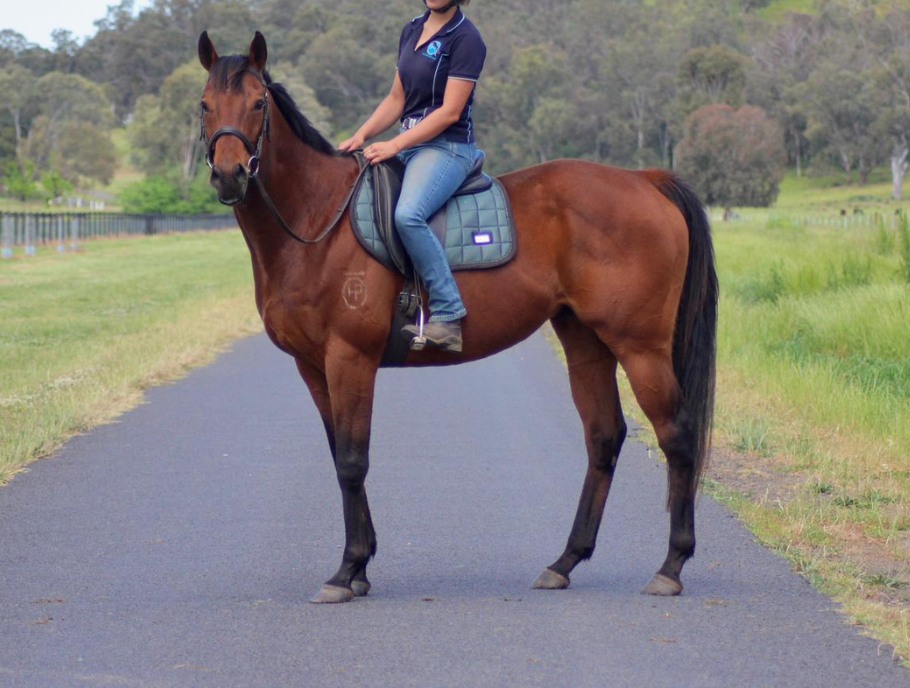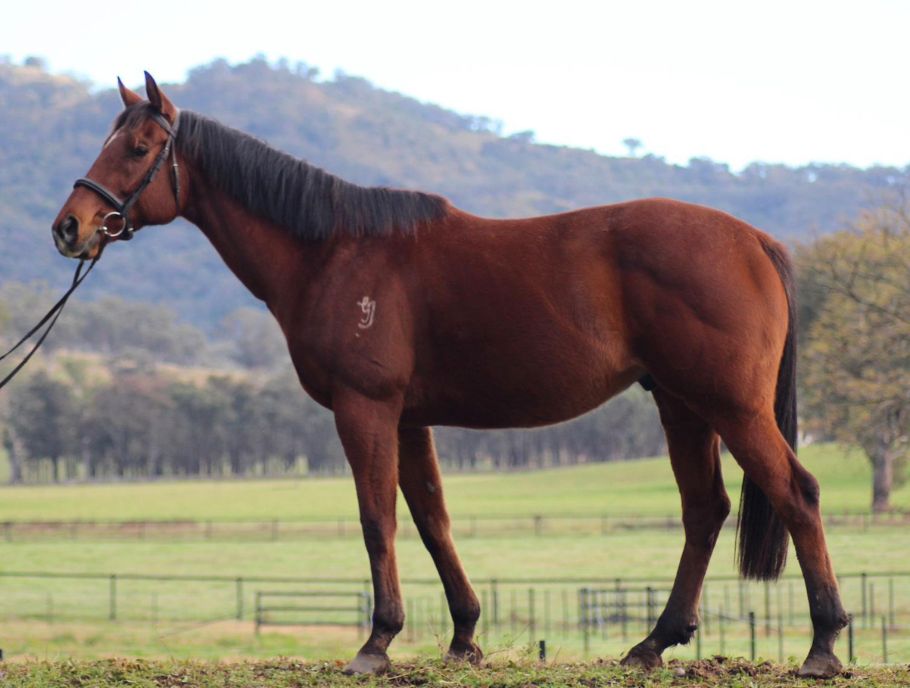
Equine Gastric Ulcer Syndrome
By Dr Carly Garling
Equine Gastric Ulcer Syndrome (EGUS) is highly talked about in the horse world, mainly due to its prevalence. There is a large amount of research available, which is useful but can make the topic more complex.
Equine Gastric Ulcer Syndrome is the umbrella term for the condition, which can then be split into two categories based on location of ulcers in the stomach: Equine Squamous Gastric Disease (involving the squamous portion of the stomach) and Equine Glandular Gastric Disease (involving the glandular – acid secreting portion of the stomach). The two diseases are divided as they involve different risk factors and management/treatment regimens.
The classification of the two diseases has been fairly recent, therefore significantly less research into Equine Glandular Gastric Disease (EGGD) has been undertaken compared to Equine Squamous Gastric Disease (ESGD), causing some of the areas of disease detection and management of EGGD to be variable and vague.
Disease Process
EGGD – the mechanism of disease and how ulcers develop is not clearly understood and is thought to be associated with breakdown of mucosal defense, bacterial colonization, stress (increased stress or sensitivity to stress) and/or inflammation.
ESGD – It is likely that squamous mucosa is exposed to acid which leads to ulcerative lesions. This is due to increased abdominal pressures when horses are at a faster pace than a walk which push acid into squamous portion of the stomach.
Clinical Signs
The following signs are non-specific, wide-ranging, and varied but can be attributed to EGUS:
- Poor body condition/weight loss
- Poor performance
- Behavioural abnormalities (such as windsucking)
- Inappetence (decreased interest in food) or “picky/fussy eating”
- Mild to moderate intermittent colic (including abdominal discomfort after eating)
- Rough hair coat
Risk Factors
ESGD
- Horses trained in urban areas
- Lack of direct contact with other horses
- Fasting is a well described as a risk factor for ESGD and intermittent starvation increases the severity
- Straw feeding
- Lack of access to water in the paddock
EGGD
- Number of days in work – some studies have illustrated those horses in work 6 or more days per week to be at greater risk of EGGD, and restricting exercise to 4-5 days per week or less could reduce the risk of disease
Diagnosis
- The disease can be difficult to diagnose from clinical signs and therefore endoscopic examination using a 3m endoscope in a referral setting (hospital) is the gold standard of diagnosis
- Your horse will need a period of fasting (not given any food/grass) before being given a sedative by your veterinarian for the procedure. Your veterinarian will be able to visualize the different portions of the stomach, including any ulceration and grade accordingly. You will then be able to formulate a treatment and management plan tailored to your horse
Management/Treatment Strategies
EGGD
- Reduce number of days exercising per week to 4-5days or less
- Diet
- Increase pasture turn out (with grass available, and if no pasture available feed adequate hay)
- Limit grain intake – increased grain concentrate may be associated with EGGD
ESGD
- Diet
- continuous access to good quality grass pasture is considered ideal. If not possible, free choice (ad lib), or at least frequent feedings (4–6 meals/day) of hay. Horses should receive a minimum of 1.5 kg (DM)/100 kg bodyweight per day in forage (hay/grass)
- Horses should be fed grain and concentrates as sparingly as possible. Feeding of sweet feed should be minimized as this contributes to acidity in the stomach
- Water should be provided continuously
- Electrolytes given in pastes may contribute to EGUS, so place them in feed or water.
EGUS
- Do not use NSAIDs (Bute/Flunixin) unless under direction and supervision from your veterinarian
- Your veterinarian will prescribe you medication for your horse tailored to the disease process your horse has, this may involve:
- Omeprazole/Ranitidine which decreases the acidity of the stomach and therefore gives your horse’s stomach a chance to heal
- Gastroprotectants which work to enhance protective mechanisms in the stomach
- Antibiotics are not currently recommended to treat gastric ulcers
- If you are looking for a herbal addition, Sea Buckthorn Berry has been suggested to prevent EGGD, however the research is limited.
Latest Horses
Team Thoroughbred Newsletter
Subscribe to Redzel’s Roundup, the Team Thoroughbred e-newsletter, and be the first to know about our special events and activities, receive important information from our equine welfare veterinarians, read good news stories, go into the draw for Team Thoroughbred giveaways and most importantly be part of a passionate community of Thoroughbred lovers!


